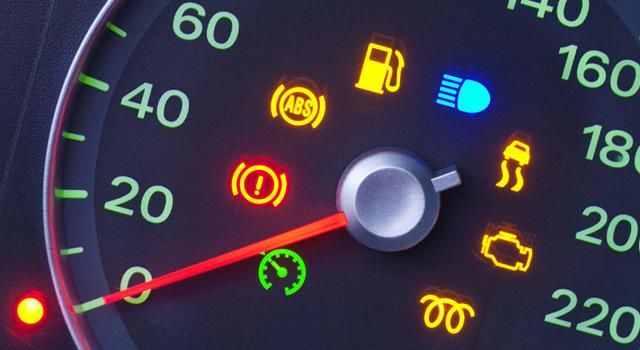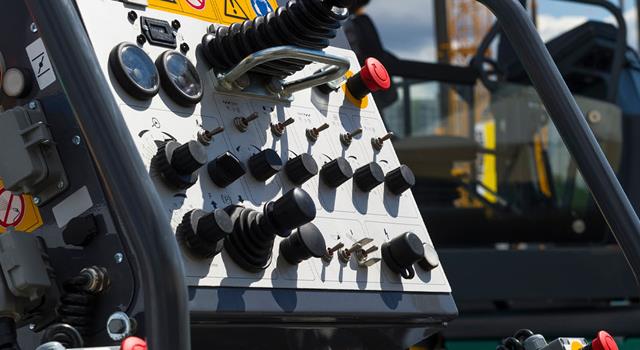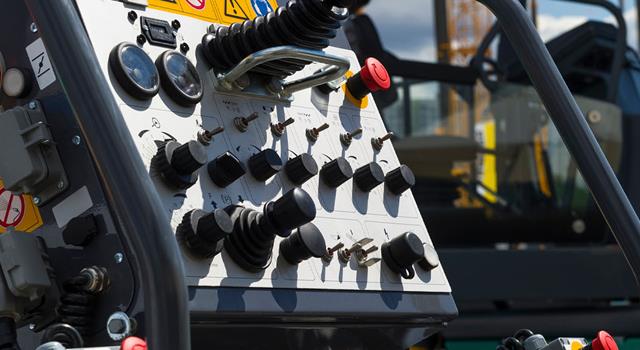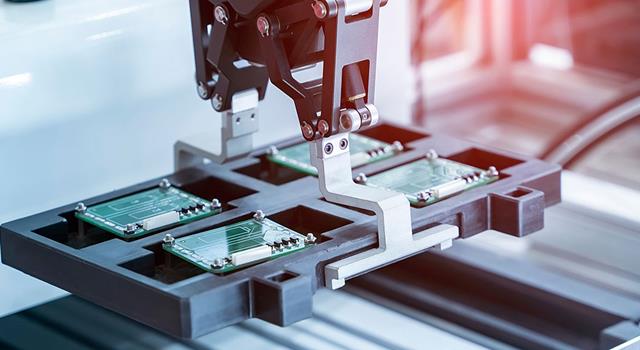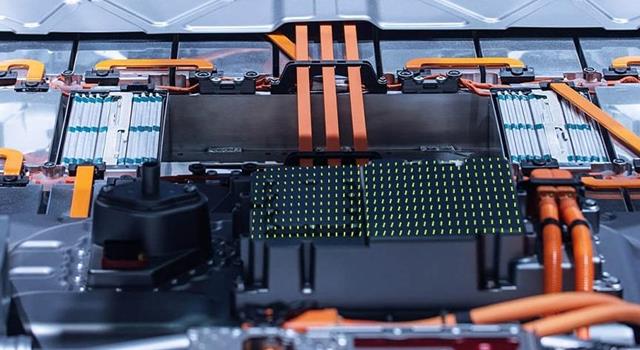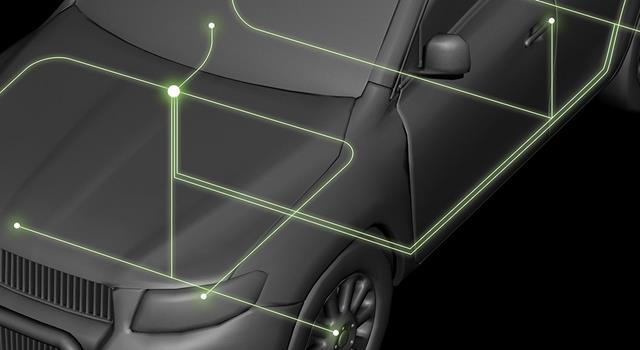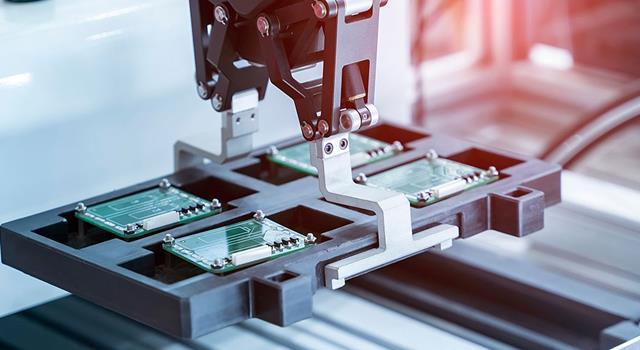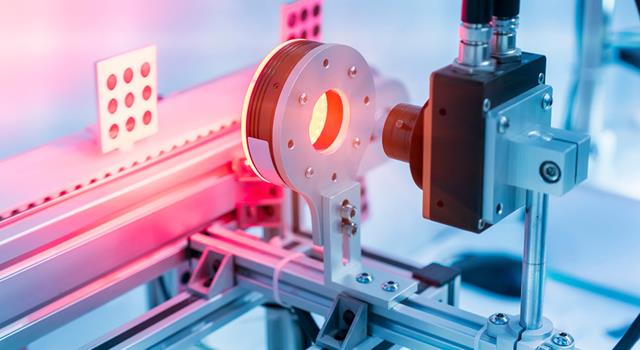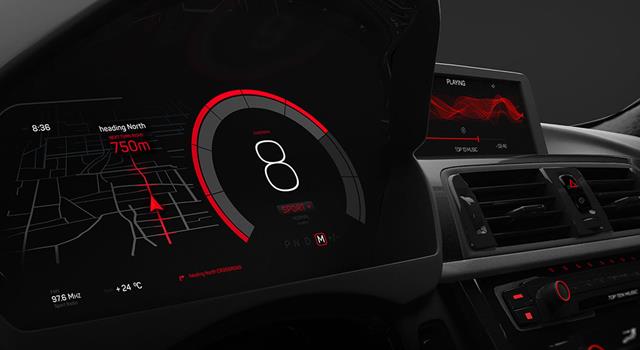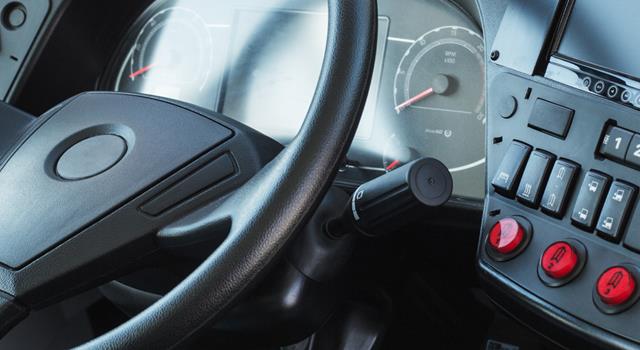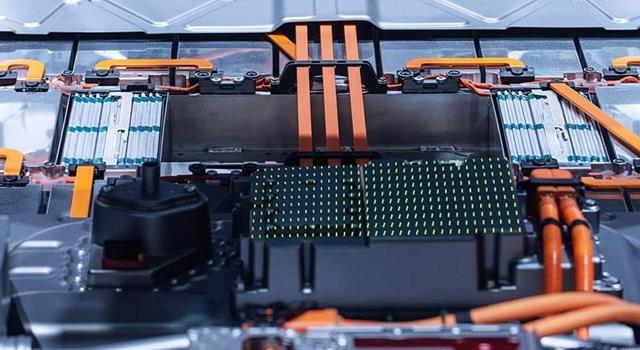The Hall Effect, discovered by Edwin Hall in 1879, is a well-known phenomenon in physics. It has been instrumental in developing various technological applications. However, the advancement into what is now known as the Dual Hall Effect has opened new avenues in sensor technology and electronic engineering. This guide aims to explore the Dual Hall Effect, its principles, applications, and future implications.
Understanding the Basics
The Hall Effect occurs when a magnetic field is applied perpendicular to an electric current, resulting in a voltage at right angles to both the current and the field. This is the basis for many types of sensors. The Dual Hall Effect enhances this by using two Hall elements in parallel, allowing for more accurate and sensitive measurements. This advancement is significant in environments where precision is crucial.
Applications of the Dual Hall Effect
The Dual Hall Effect has found applications across various industries. In manufacturing, it helps in precise positioning and speed control of machinery. Consumer electronics have seen improvements in battery-powered devices, as Dual Hall sensors are more energy-efficient. In aerospace and automotive sectors, these sensors contribute to better safety systems and navigational tools, thanks to their enhanced sensitivity and reliability.
Technological Implications
The impact of the Dual Hall Effect on sensor technology is profound. It offers higher accuracy and sensitivity compared to traditional Hall sensors. Looking ahead, this technology could pave the way for more sophisticated robotics and automation systems. However, integrating Dual Hall Effect sensors presents challenges, including cost and adapting them to existing technologies.
The Future of Dual Hall Effect
Experts believe the Dual Hall Effect will play a critical role in the development of more advanced, energy-efficient, and reliable sensors. Potential new fields of application include medical technology, where precision and reliability are paramount. Ongoing research focuses on miniaturizing these sensors and reducing their power consumption, which could revolutionize wearable technology and IoT devices.
Conclusion
The Dual Hall Effect marks a significant advancement in sensor technology. Its impact spans various industries, enhancing precision, efficiency, and reliability. As we look to the future, the potential applications and improvements of this technology are vast and promising.






